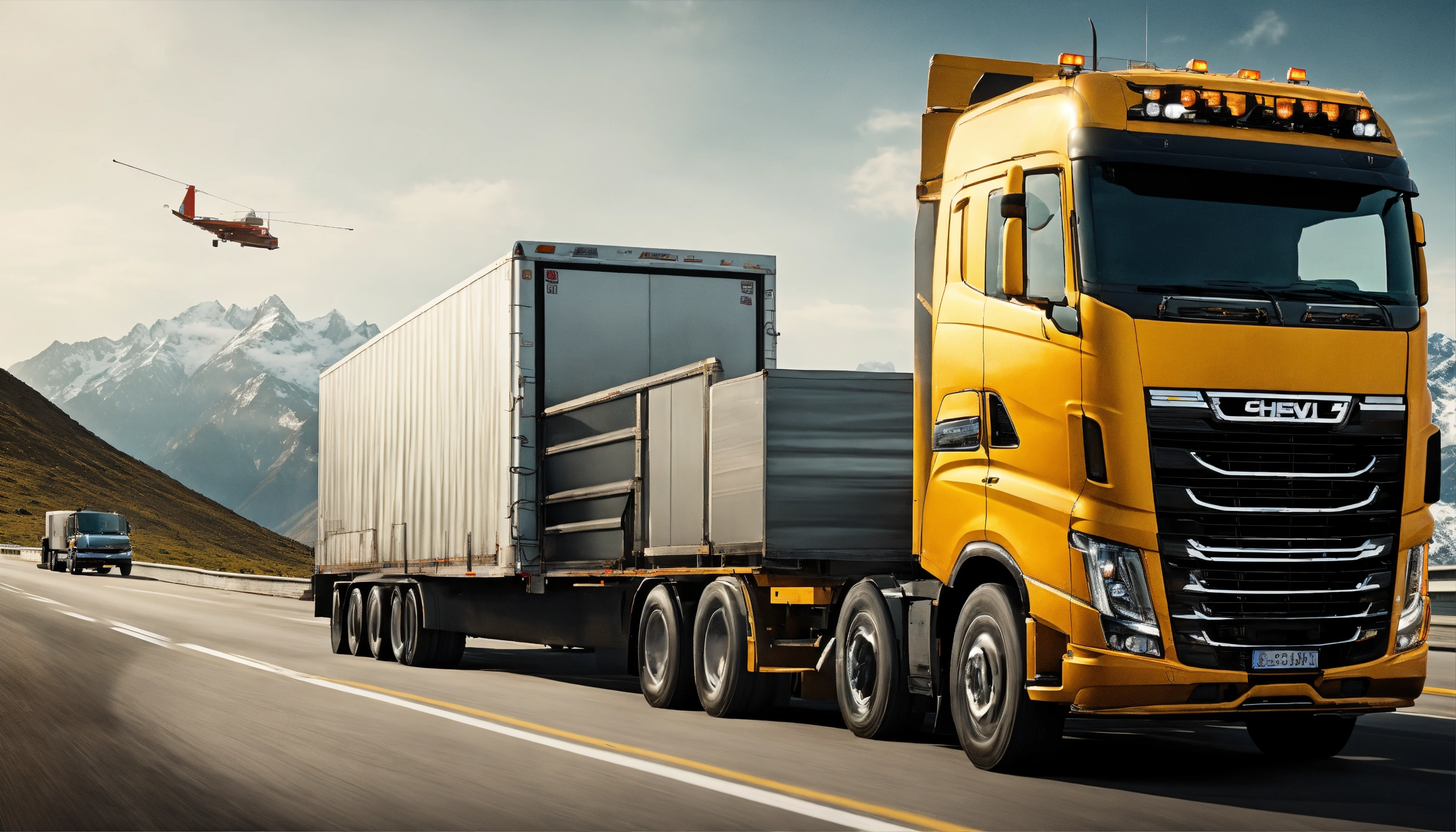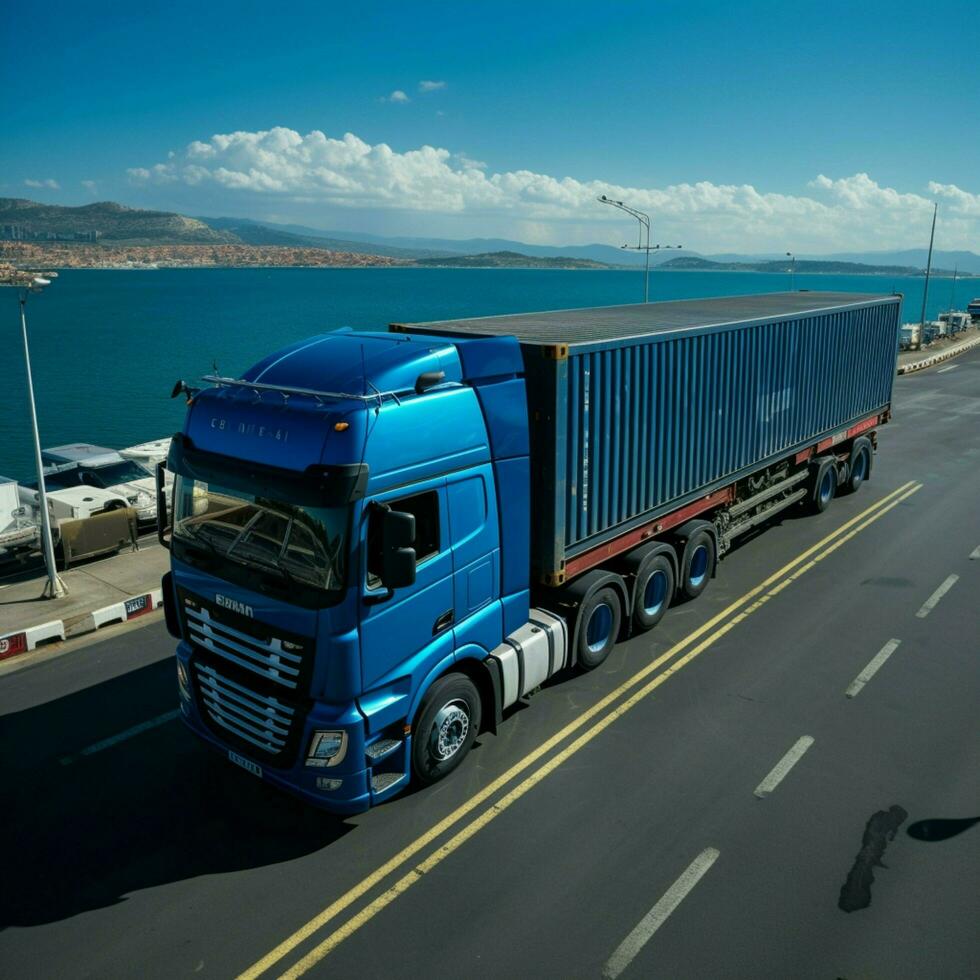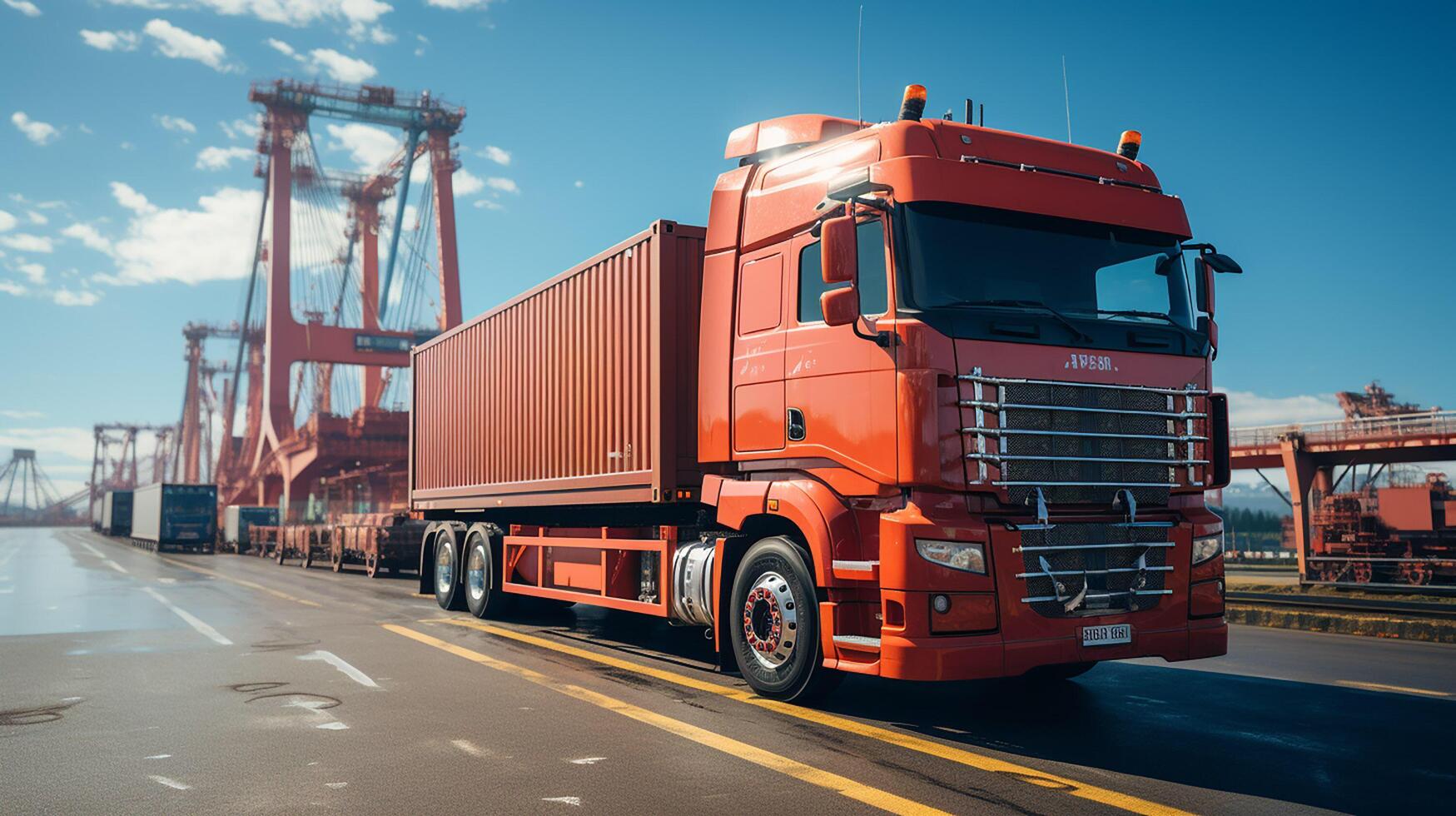The Future of Transportation: 5 Innovative Technologies to Watch
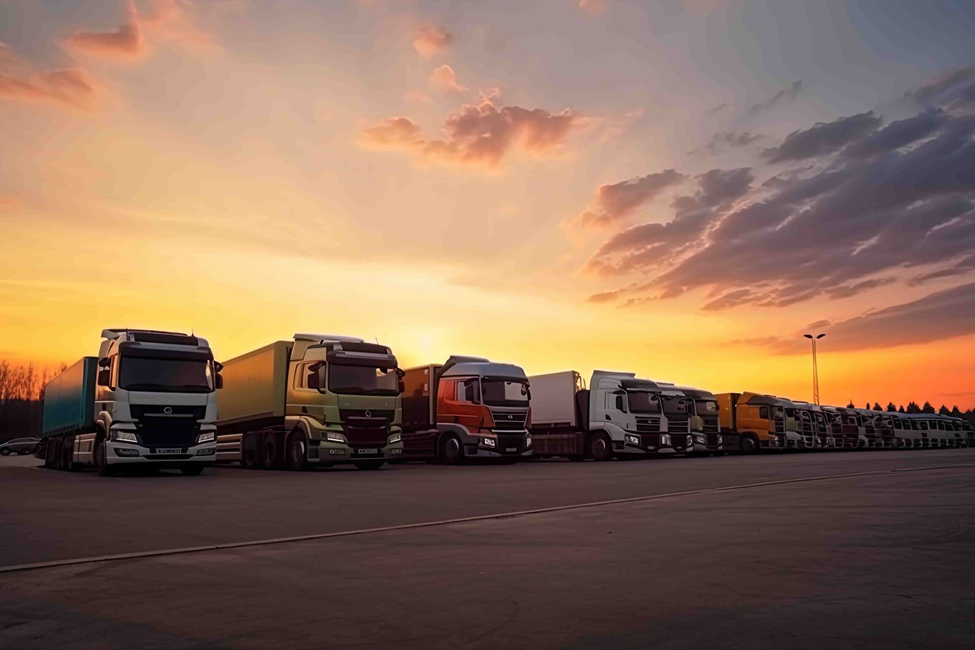
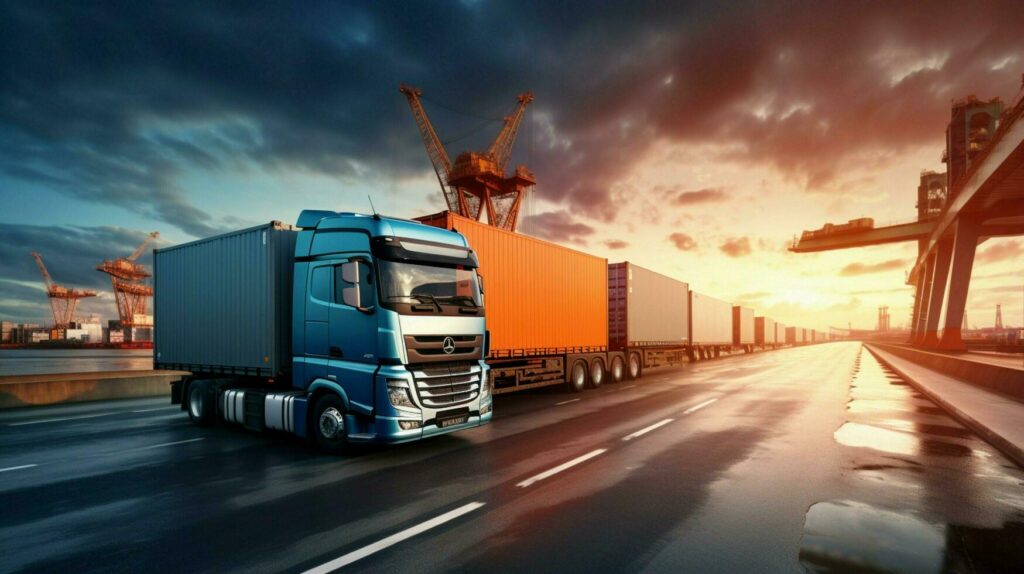
Introduction to the Evolving Landscape of Transportation
The way people and goods move from one place to another is undergoing a profound transformation driven by technological advancements and changing consumer preferences. In this era of rapid innovation, the future of transportation holds exciting possibilities that promise to revolutionize the way we travel and commute. From electric vehicles and autonomous cars to hyper loops and urban air mobility, a host of innovative technologies are reshaping the transportation industry. This article explores five cutting-edge technologies that are set to redefine the way we think about mobility and transportation in the coming years.
Introduction to the Evolving Landscape of Transportation
Gone are the days of relying solely on fossil fuel-burning vehicles for our transportation needs. The world of transportation is undergoing a transformative shift driven by the need for sustainability, efficiency, and innovation. From electric vehicles to self-driving cars, the future of transportation is looking brighter and smarter than ever before.
The Shift Towards Sustainable and Efficient Transport
As society becomes more conscious of its environmental impact, the transportation sector is leading the charge towards more sustainable and efficient modes of travel. With a focus on reducing carbon emissions and improving air quality, innovative technologies are paving the way for a greener future in transportation.
Electric Vehicles and the Rise of Sustainable Mobility
The era of electric vehicles (EVs) is upon us, heralding a new age of sustainable mobility. These vehicles are not only better for the environment but also offer numerous advantages for drivers and society as a whole.
The Advantages of Electric Vehicles
Electric vehicles bring with them a host of benefits, including lower operating costs, reduced dependence on fossil fuels, and a quieter, smoother driving experience. With advancements in battery technology and charging infrastructure, the future of electric vehicles looks promising.
Challenges and Opportunities in EV Infrastructure
While the adoption of electric vehicles is on the rise, challenges remain in building the necessary infrastructure to support widespread EV use. From expanding charging networks to addressing range anxiety, there are opportunities for growth and innovation in the EV infrastructure space.
Autonomous Vehicles and the Dawn of Self-Driving Cars
Imagine a world where cars drive themselves, navigating roads with precision and safety. Autonomous vehicles are no longer just a futuristic concept – they are becoming a reality, with implications for how we travel and interact with transportation systems.
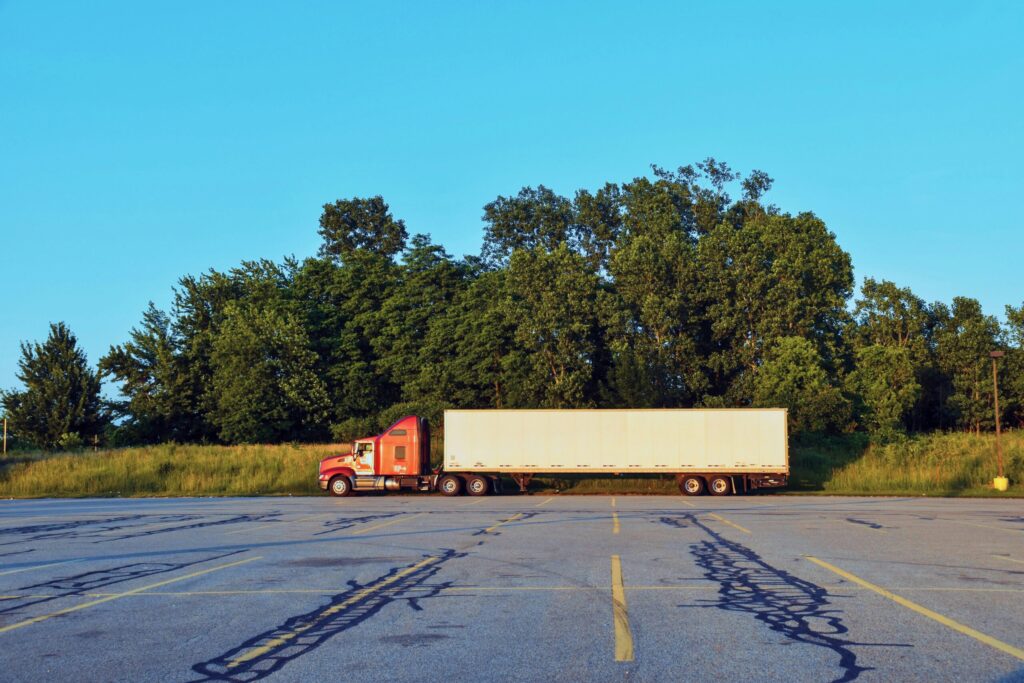
The Technology Behind Autonomous Vehicles
Autonomous vehicles rely on a complex network of sensors, cameras, and artificial intelligence algorithms to perceive and respond to their surroundings. From self-parking features to highway autopilot systems, the technology behind self-driving cars is constantly evolving.
Regulatory and Safety Considerations for Self-Driving Cars
As self-driving cars inch closer to mainstream adoption, questions around regulations, liability, and safety loom large. Ensuring that autonomous vehicles are not only efficient but also safe for passengers and pedestrians will be key to their successful integration into our transportation ecosystem.
Hyperloop and the Potential for High-Speed Travel
Buckle up for a ride into the future with Hyperloop technology, promising to revolutionize high-speed travel and transform the way we think about transportation networks.
Understanding Hyperloop Technology
Hyperloop envisions a system of pods traveling through low-pressure tubes at speeds exceeding 700 mph, offering a faster and more sustainable alternative to air travel. With prototypes and test tracks already in development, Hyperloop technology holds immense promise for the future of transportation.
Implications for Future Transportation Networks
The potential impact of Hyperloop extends beyond individual travel, with implications for urban planning, logistics, and connectivity between cities. A high-speed transportation network could reshape the way we experience distance and time, opening up new possibilities for economic growth and social connection.
Urban Air Mobility: The Promise of Flying Cars
Exploring the Concept of Urban Air Mobility
Imagine skipping over traffic jams in a flying car – the stuff of science fiction might soon be a reality with urban air mobility. This innovative concept promises to revolutionize how we navigate urban landscapes, offering speed and convenience like never before.
Infrastructure Challenges and Regulatory Hurdles
While the idea of flying cars sounds thrilling, making it a practical and safe reality comes with its own set of challenges. Infrastructure needs, air traffic management, and regulatory frameworks are just a few hurdles that need to be cleared for urban air mobility to truly take off.
Mobility as a Service (MaaS) and the Integration of Transport Modes
The MaaS Concept and Benefits for Users
Mobility as a Service (MaaS) is all about seamless transportation experiences. Picture a world where you can plan, book, and pay for various modes of transport through a single platform. This integrated approach not only simplifies travel for users but also promotes sustainability and efficiency in urban mobility.
Overcoming Barriers to MaaS Implementation
Implementing MaaS requires collaboration among transportation providers, regulators, and technology companies. Overcoming challenges such as data sharing, interoperability, and user adoption will be crucial in realizing the full potential of Mobility as a Service.
Blockchain and Artificial Intelligence Revolutionizing Transportation
Applications of Blockchain in Transportation Management
Blockchain technology has the potential to transform transportation management by enhancing transparency, security, and traceability in supply chains, logistics, and mobility services. From smart contracts for automated transactions to decentralized platforms for sharing data, blockchain is reshaping how we move goods and people.
The Role of AI in Enhancing Transportation Systems
Artificial Intelligence (AI) is driving advancements in predictive maintenance, route optimization, and autonomous vehicle technology. By analyzing vast amounts of data in real-time, AI-powered systems can improve safety, efficiency, and sustainability across transportation networks, heralding a new era of smart mobility.
Conclusion: Navigating the Future of Transportation
As we embrace the dawn of innovative technologies in transportation, the future holds boundless possibilities for reshaping how we move from point A to point B. From flying cars to integrated mobility platforms, blockchain, and AI, the landscape of transportation is evolving rapidly. By addressing challenges and embracing opportunities, we can navigate this future with confidence and curiosity.
Frequently Asked Questions (FAQ)
1. What makes electric vehicles (EVs) a promising solution for sustainable mobility?
Electric vehicles offer a cleaner and more environmentally friendly alternative to traditional gasoline-powered cars, reducing greenhouse gas emissions and dependence on fossil fuels. They also contribute to lower operating costs over time and have the potential to be powered by renewable energy sources.
2. What is the Hyperloop technology, and how could it revolutionize high-speed travel?
The Hyperloop is a proposed mode of transportation that involves a system of low-pressure tubes through which pods can travel at high speeds using magnetic levitation. This technology has the potential to drastically reduce travel times between major cities, offering a faster and more energy-efficient alternative to conventional modes of transportation.

